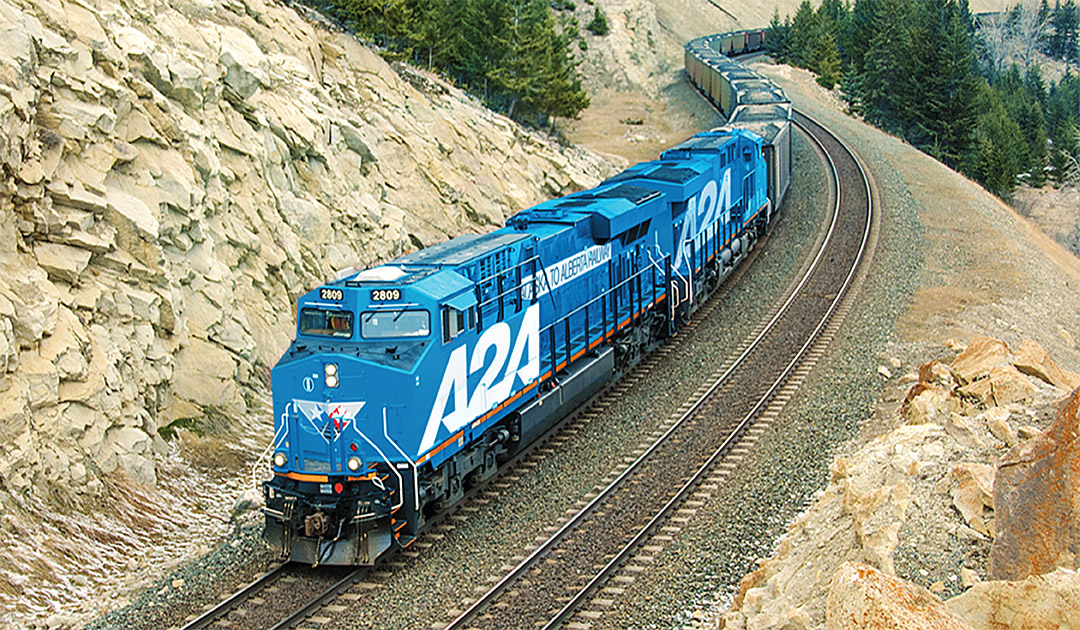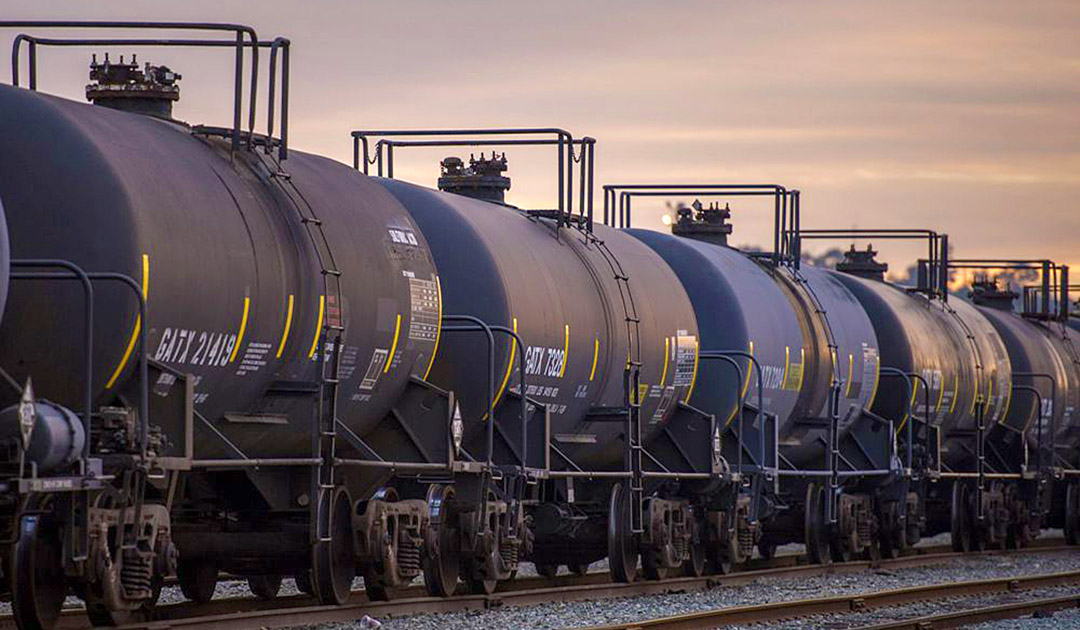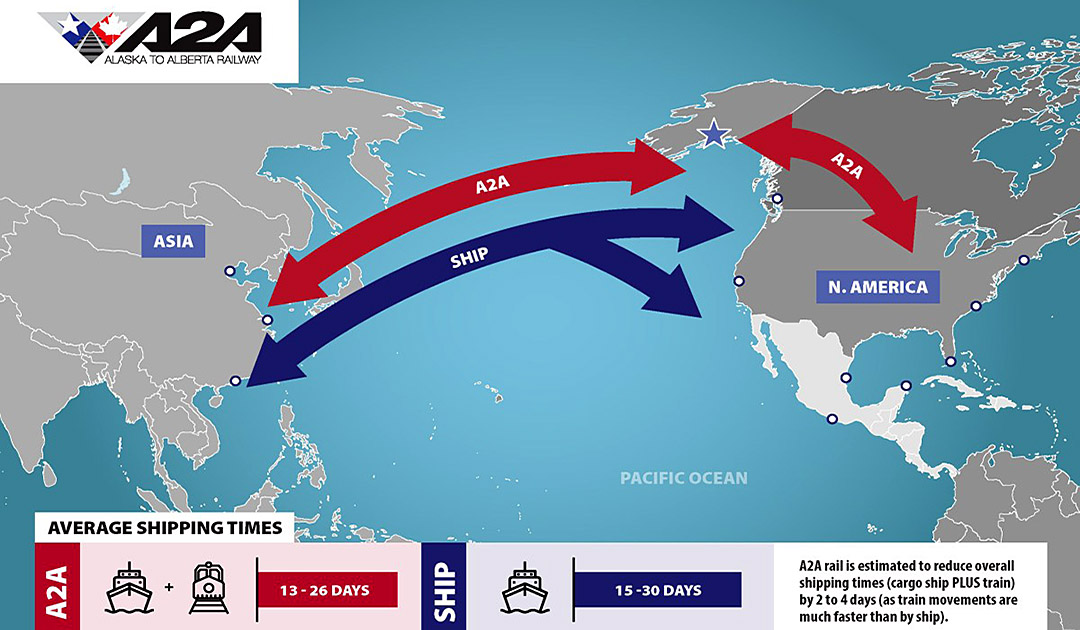
The project envisages the construction of a new railway line from Fort McMurray, Alta, through the Northwest Territories and the Yukon to Delta Junction in Alaska, where it will be connected to the existing railway line and will continue to the ports near Anchorage. The 2,570-kilometre route could carry goods such as oil, potash and ore, container goods or even passengers.

Since 2015, the Alaska-Alberta Railway Development Corporation has been pushing the railway to take North American goods via another route to the emerging markets in Asia.
The US is responsible for only a small section of the proposed railway – about one-eighth of its total length – that runs southeast from Fairbanks to the Yukon border. The Canadian authorities will control the rest of the line if it is built. The railroad would cross the Yukon and the southern boundary of the Northwest Territories before heading southeast to Fort McMurray. The proposal provides for the railway to be privately financed and privately owned. Of the 17-billion-dollar construction budget, 14 billion dollars would be used in Canada. The remaining USD 3 billion would be spent in Alaska.

The project provides for a single-track route with sidings and turnout tracks so that trains can run in both directions. For this purpose, switchgear, water and sewage systems, power lines and fibre optic cables would have to be installed. There are still many regulatory and legal hurdles. Completion is expected to take more than three years after construction start.

Environmental impact assessments at the federal, provincial or territorial levels have not yet been completed, although the development company stated in a July 2020 press release that it had commissioned an engineering company to begin surveying along the proposed section of the line in Alberta.
In the United States, too, environmental assessments and land acquisition must be completed before the railway can become a reality.

Kent Fellows, an economist at the Universityof Calgary’s School of Public Policy, said that while oil is likely to be the main driver of the project, it is not the only advantage of bringing a railway line north. “The railway has some advantages compared to pipelines, but also some disadvantages. You can diversify a little, you don’t just have to transport crude oil. You can also transport a lot of other raw materials as long as there is a market for them. So market access is high, not just for crude oil. In addition to transporting goods from Alberta or the Yukon to international markets, the line could also be used for imports,” Kent Fellows added.
“The new railway line will create new economic development opportunities for a variety of businesses, communities, and indigenous communities in Canada and Alaska,” A2A founder Sean McCoshen said in a press release.
The A2A Rail project, when built, aims to create more than 18,000 jobs for Canadian workers and will contribute 60 billion dollars to the country’s GDP by 2040.
Heiner Kubny, PolarJournal





